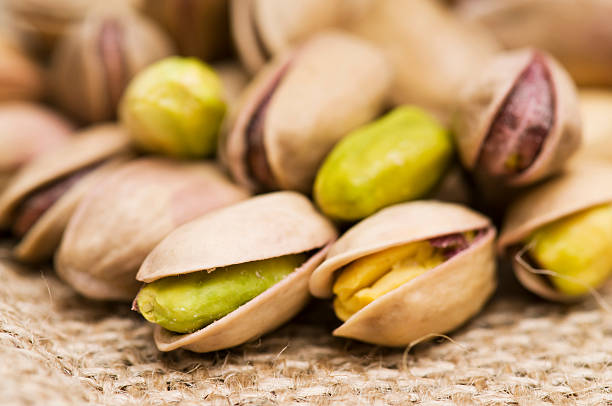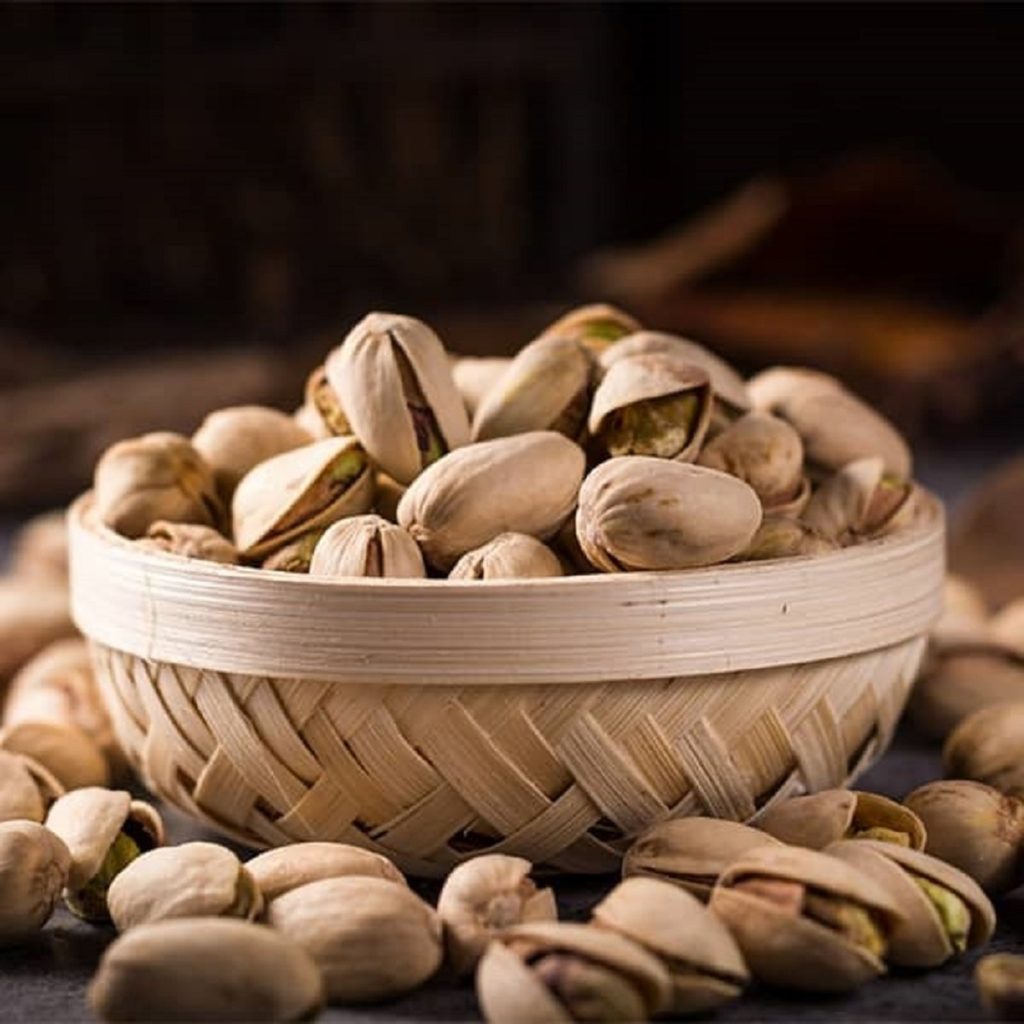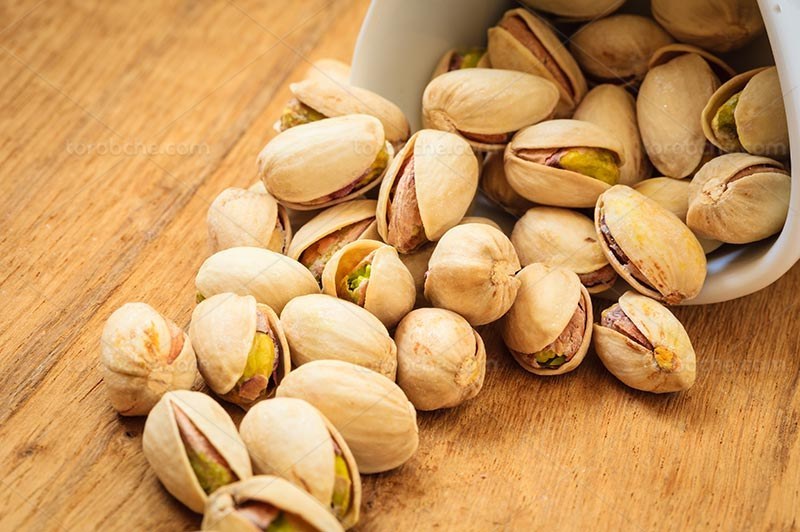
Agriculture is a cornerstone of the global economy, encompassing a wide variety of crops cultivated worldwide. Among these, pistachios hold a unique position due to their distinct characteristics. This article compares pistachios with other agricultural products in terms of various aspects, including cultivation conditions, nutritional value, economic importance, and diverse applications. The aim of this comparison is to provide a comprehensive perspective on the significance and standing of pistachios among other agricultural commodities.
1. Cultivation Conditions and Production:
- Pistachios:
- Climate: Pistachios thrive in arid and semi-arid regions with hot summers and cold winters. The tree is drought-resistant and requires less water compared to many other agricultural crops.
- Soil: Light, well-drained soils are suitable for pistachio cultivation.
- Growth Period: The pistachio tree has a longer growth period than many arable crops, typically taking 7 to 10 years to reach economic yield.
- Other Agricultural Products:
- Cereals (e.g., Wheat and Barley): Require more water and grow better in temperate and humid climates.
- Fruits (e.g., Apples and Oranges): Need more water and care, and are cultivated in areas with temperate to tropical climates.
- Vegetables (e.g., Tomatoes and Cucumbers): Require abundant water and fertile soil and are usually grown in greenhouses or fields with regular irrigation.
2. Nutritional Value:
- Pistachios:
- Protein: A good source of plant-based protein.
- Fiber: Contains a significant amount of fiber, beneficial for digestive health.
- Healthy Fats: Rich in unsaturated fats, which are beneficial for heart health.
- Minerals: Contains minerals such as potassium, magnesium, and iron.
- Antioxidants: Has antioxidants that help maintain cell health.
- Other Agricultural Products:
- Cereals: A primary source of carbohydrates and also contain some protein and fiber.
- Fruits: Rich in vitamins, minerals, and antioxidants.
- Vegetables: A good source of vitamins, minerals, fiber, and antioxidants.

3. Economic Importance:
- Pistachios:
- Export Value: One of the agricultural products with high export value and plays a significant role in the economy of countries such as Iran and the United States.
- Job Creation: Pistachio cultivation and processing create many job opportunities in producing regions.
- Related Industries: The food and packaging industries are dependent on pistachio production.
- Other Agricultural Products:
- Cereals: Among the most important food crops in the world and play a vital role in providing food for the global population.
- Fruits and Vegetables: Due to their high nutritional value, they play a significant role in community health and command a large market.
4. Applications:
- Pistachios:
- Direct Consumption: Consumed as a snack nut.
- Food Industry: Used in the production of sweets, ice cream, desserts, and other food products.
- Medicinal: Used in some medicines and health products.
- Other Agricultural Products:
- Cereals: Used in the production of bread, pasta, cakes, and other food products.
- Fruits and Vegetables: Consumed fresh, canned, dried, or used in the production of juice and jam.
Conclusion:
Pistachios, with their unique characteristics such as drought resistance, high nutritional value, and significant export value, hold a special place among other agricultural products. However, pistachio production is associated with challenges such as a long growth period and the need for special care. Compared to other agricultural products such as cereals, fruits, and vegetables, pistachios require more specific conditions for cultivation but also offer higher added value. Ultimately, recognizing the characteristics and benefits of pistachios can contribute to the sustainable development of this product and improve the economy of producing regions.
“For purchasing dried fruits and nuts, please contact Mr. Ravanshad on WhatsApp at +989214773705.”


